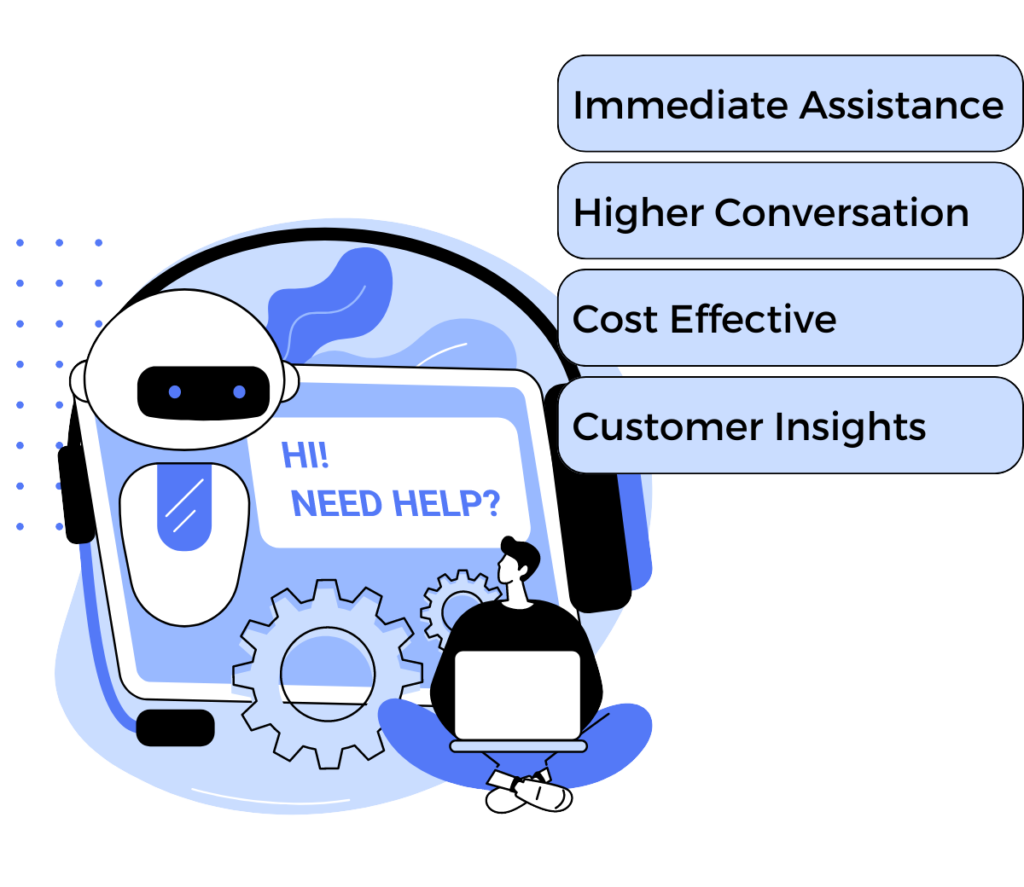In today’s fast-paced digital world, customers expect instant responses and seamless support. Live chat has emerged as a key tool for meeting these expectations, offering real-time assistance that enhances the customer experience. However, to truly harness the power of live chat, businesses need a well-thought-out strategy that aligns with their overall customer service goals. This is where CRM Messaging comes into play.
In this blog, we’ll explore how to build an effective live chat strategy using CRM Messaging to boost customer satisfaction, improve response times, and drive conversions.
Why Live Chat is Essential for Modern Businesses
Live chat has quickly become a preferred channel for customer support. Unlike phone calls or emails, live chat allows customers to multitask, getting their issues resolved without interrupting their day. Moreover, it provides businesses with the opportunity to engage with customers proactively, offering assistance before a problem escalates.
Key Benefits of Live Chat:

- Immediate Assistance: Customers receive instant answers to their questions, reducing wait times and increasing satisfaction.
- Higher Conversion Rates: Real-time support can help clear up any doubts that might prevent a customer from making a purchase, leading to higher conversion rates.
- Cost-Effective: Live chat allows a single agent to handle multiple conversations simultaneously, making it a more cost-effective option compared to traditional phone support.
- Customer Insights: Live chat tools often come with analytics features, allowing businesses to gather valuable insights into customer behavior and preferences.
Building a Live Chat Strategy with CRM Messaging
To make the most of live chat, it’s crucial to have a strategy in place that aligns with your business goals and customer needs. CRM Messaging offers the tools and features you need to create an effective live chat strategy.
1. Understand Your Audience
The first step in crafting a live chat strategy is understanding your audience. Identify the common issues your customers face and the times when they are most likely to need assistance. CRM Messaging allows you to segment your audience and tailor your live chat strategy to meet their specific needs.
2. Set Clear Objectives
What do you want to achieve with live chat? Whether it’s reducing response times, increasing sales, or improving customer satisfaction, setting clear objectives will help you measure the success of your live chat strategy. CRM Messaging’s analytics features can track key performance indicators (KPIs) to ensure you’re meeting your goals.
3. Implement Proactive Chat
Instead of waiting for customers to initiate a conversation, use proactive chat to reach out to them. For instance, if a customer has been on a product page for a certain amount of time, you can trigger a chat window offering assistance. CRM Messaging allows you to set up automated triggers based on user behavior, ensuring timely and relevant interactions.
4. Train Your Live Chat Agents
Your live chat agents are the frontline of your customer service. Provide them with the training and resources they need to handle inquiries effectively. CRM Messaging can store and organize customer data, giving agents quick access to information that can help resolve issues faster.
5. Utilize Chatbots for Common Queries
To manage high volumes of inquiries, consider integrating chatbots with your live chat system. Chatbots can handle simple, repetitive tasks such as answering FAQs or directing customers to the right department, freeing up your agents for more complex issues. CRM Messaging supports chatbot integration, ensuring a seamless handoff between bots and human agents when needed.
6. Monitor and Optimize Performance
An effective live chat strategy is never static. Regularly monitor performance using CRM Messaging’s analytics tools, and make adjustments as needed. This might involve tweaking your proactive chat triggers, refining agent scripts, or experimenting with new chatbot responses.
7. Personalize Customer Interactions
Personalization is key to a successful live chat strategy. Use CRM Messaging to access customer history and preferences, allowing agents to provide more personalized and relevant support. This not only improves the customer experience but also builds trust and loyalty.
8. Offer Multi Channel Support
Live chat should be part of a broader multichannel support strategy. CRM Messaging allows you to integrate live chat with other channels such as email, SMS, and social media, ensuring a consistent and seamless customer experience across all touchpoints.
Conclusion
A well-executed live chat strategy can significantly enhance your customer service and drive business growth. By leveraging the powerful features of CRM Messaging, you can create a live chat experience that not only meets but exceeds customer expectations.
Ready to transform your customer support with live chat? Contact CRM Messaging today to learn more about how we can help you implement a successful live chat strategy that drives results.






